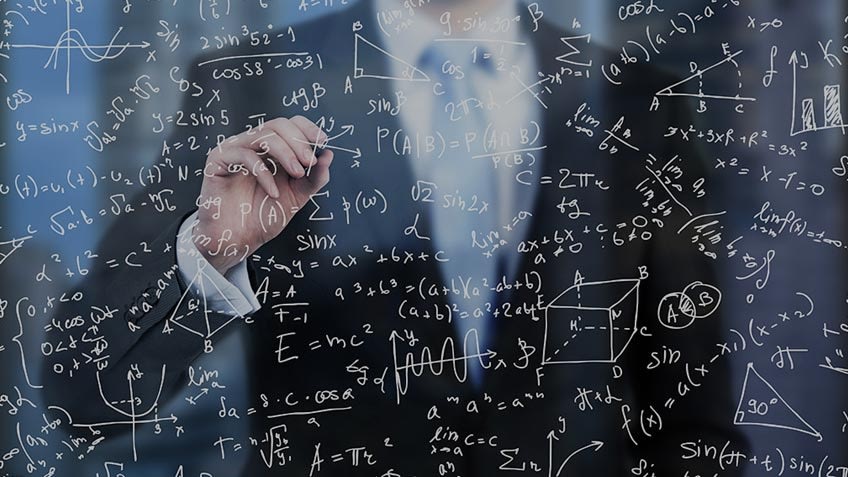
Nowadays, the amount of data is enormous. Businesses are constantly seeking efficient ways of managing the data, and for the majority of them, AI is the best solution. Machines learn from initial data sets and make logics of the information.
Machine learning is based on various algorithms for processing and transforming data. ML algorithms and DL Nets may be written in a different programming language like Python, R, or Java, and understandable by a computer.
The more data you add to the algorithm, the more accurate and advanced result you will get. There is no common opinion on which algorithm is universal. All of them are unique. Picking out the most appropriate approach depends on your current business problems and needs.
Types of ML
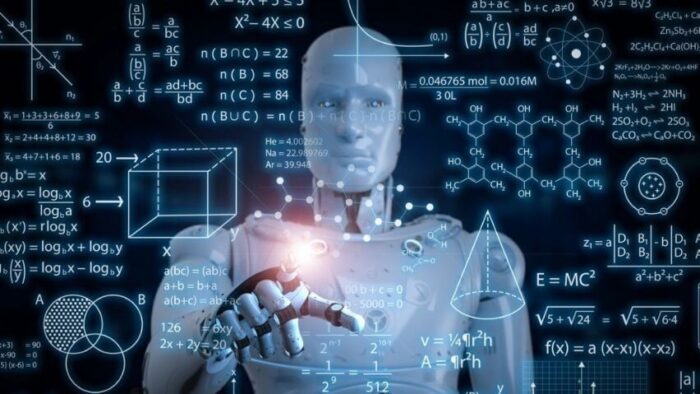
If we want to understand the basic ML algorithms, we will have to make it clear about types of ML approaches. Depending on the volume of the data, there are four types of ML: supervised ML, unsupervised ML, reinforcement ML, and deep learning. A supervised ML involves an external influence, initial data-set, and rules of data processing and classification.
Unsupervised learning best fits large amounts of unsorted data. There is no much external interference, so there are few examples to learn from. Computers process all the information themselves, discovering patterns and building the data on their own. Reinforcement learning implies that the system learns from feedbacks and errors.
Feedbacks are received from data analysis and results of interaction with the environment. Based on neural networks, a deep learning approach imitates the work of human brains. Machines learn from underlying data and quickly adapt to newly inputted information. Now, we have a clear understanding of the basic types of ML approaches. Let’s learn about the most common algorithms used in ML.
Decision Tree
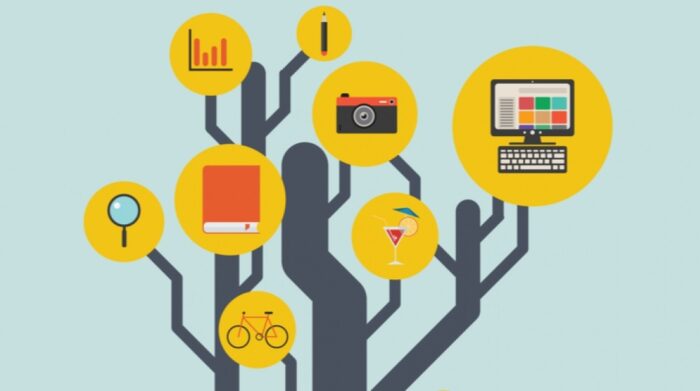
A decision tree is an example of supervised learning. A decision tree is a visual data model illustrating the dependence of choice and possible results. As it comes from the title, this algorithm has nodes and branches.
Nodes consist of decisions, and branches reflect possible outcomes of making a choice. This algorithm is widely used in the marketing field. For instance, for campaign planning, product launch, or customer value assessment.
Support vector machine

Support vector machine or SVM is an algorithm for analyzing the data by classification and regression methods. The main goal of this algorithm is to find the correct line. In this model, a computer creates a hyperplane, which divides the data into classes.
Then the system tries to find the nearest points or support vectors and calculates the distance between vectors and the hyperplane line. An accurate and correct result can be found in the furthest from the line point.
Naive Bayes
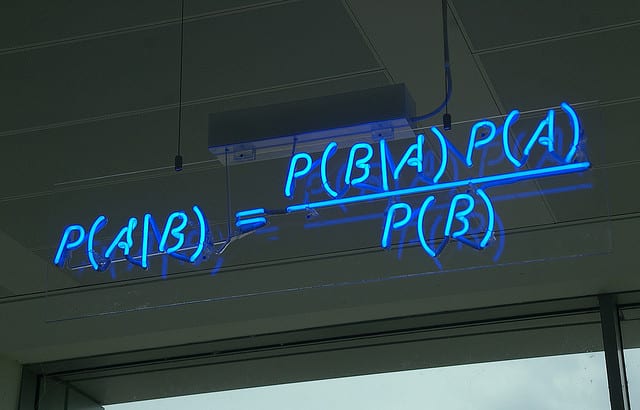
Naïve Bayes is another example of a supervised ML algorithm. The key idea of the Bayes algorithm is the independence of features from different classes. In other words, computers analyze every piece of data separately when figuring out a particular result.
The system classifies the information according to the likelihood of its’ happening. Check the detailed and simple explanation here. This algorithm is suitable for learning a small amount of data and very useful for clustering.
Linear and logistic regression

Regression algorithms are basic statistical models in M. Regressions are the most widespread among other algorithms and easy to understand. Linear regression represents the correlations between input and output variables. The goal of linear regression is to make accurate predictions to avoid possible errors in the model.
Logistic regression also comes from statistics. The difference from linear regression is the output variable, transformed by a non-linear or logistic function. In other words, this ML algorithm helps to predict the outcome by adjusting data to a logistic function.
K-means clustering

It is an unsupervised ML algorithm. The clustering technique means grouping together similar data in clusters. «K» represents the number of clusters. The purpose of this algorithm is to compose data with similar features into a homogeneous group.
It is vital to find the center of the cluster as it may result in totally different outcomes. And the main idea of the K-means algorithm is to locate these cluster centers as distantly as possible.
Dimensionality reduction

Nowadays, the amount of raw data is countless. We do not need all this information to build a model. The dimensionality reduction algorithm helps to sort the data and eliminate the useless one so that to leave only the most important information. Apart from removing unnecessary data, it is possible to create new features based on the previous dataset.
K-Nearest Neighbor
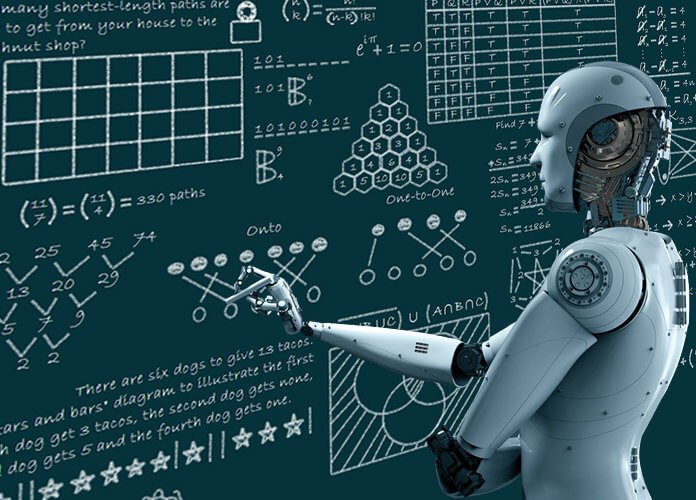
KNN algorithm is the optimal solution when it comes to classification and regression problems. When a human being comes across some problem, he or she tries to solve it relying on previous experience and similar situations.
The KNN algorithm has the same principle. The similarity of subjects is in the center of the KNN model. It accumulates all known cases and classifies new ones following k-features.
On the one hand, this ML algorithm is simple and easy to implement. But on the other hand, it has some obstacles as analysis may be very slow due to the constantly growing data amount in use.
Positive and negative RL
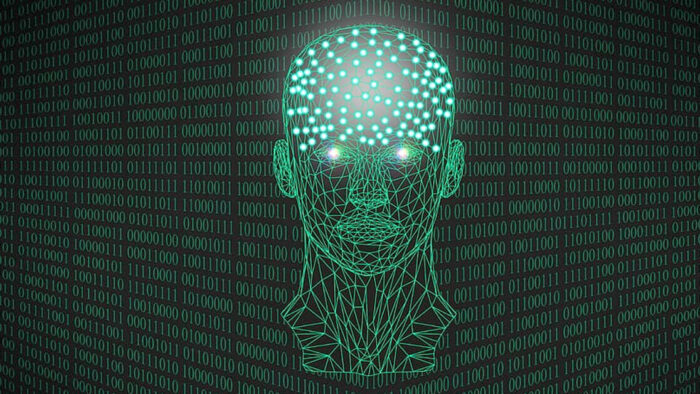
Speaking about reinforcement learning, we should underline two types of it: positive and negative. The first one implies that every good result has to be awarded to increase the probability of its’ future happening. The second, the negative model of RL, analyzes the data and detects the negative feedback to remove negative results in the future.
The meaning of this approach is to eliminate negative factors and improve the model performance. Q-learning (a model-free) RL algorithm, perceiving random data and evaluating the «Q» – the quality of every machine action. On the contrary, the SARSA algorithm learns from current agents’ actions and their state.
For better estimation of outcome values, a Depp Q-network algorithm is used. It is an integral part of the neural network approach, which helps to analyze previously unknown data.
Conclusion
Machine learning offers a wide range of tools and solutions for your business and personal problems and needs. It is impossible to point out a particular algorithm for data mining even if the initial conditions are given. Only running experiments will help you to define the most appropriate solution. If you want to build a perfect model, you will have to learn about various algorithms and apply them in practice or invite AI scientists for outsourcing this job.














